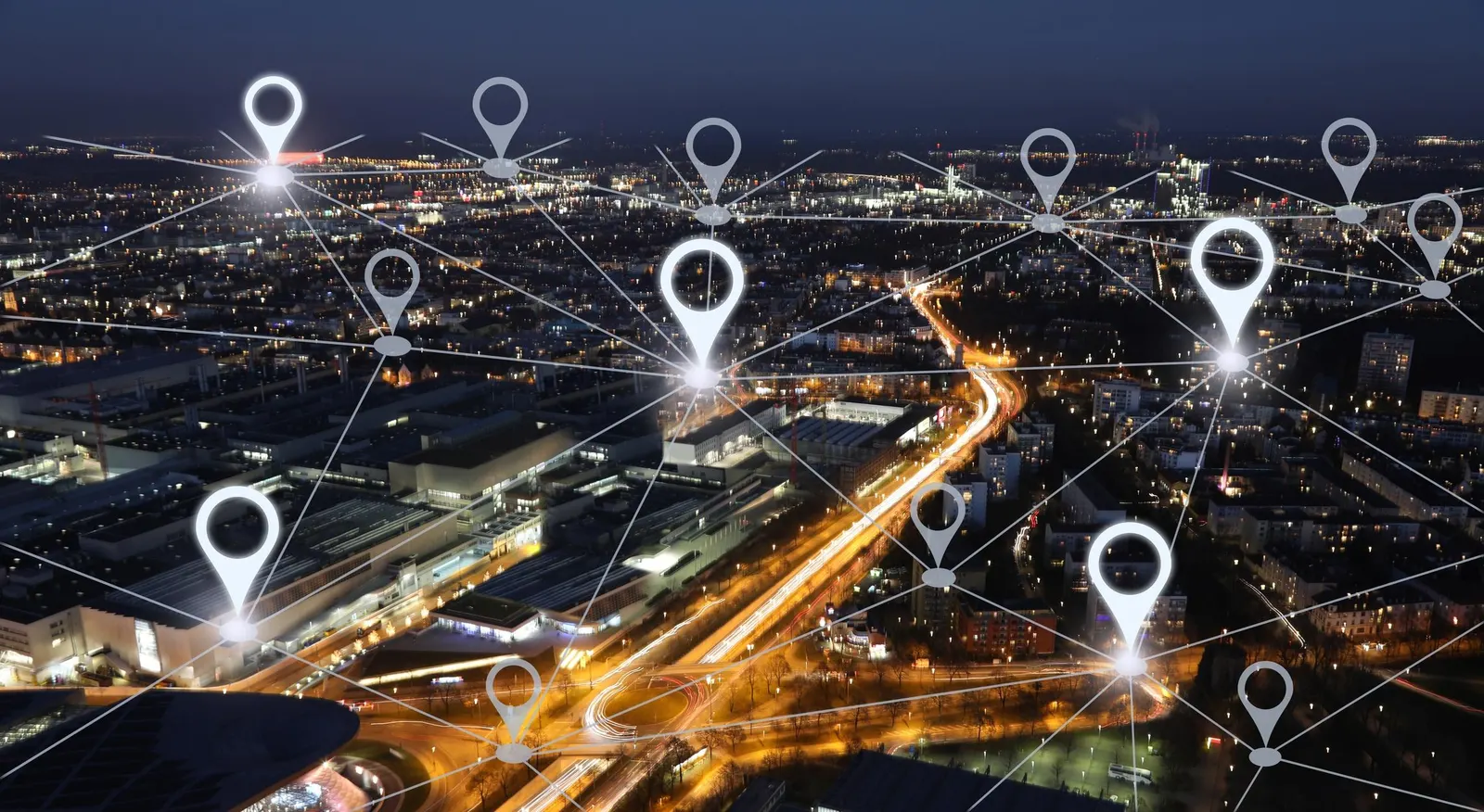Copyright Forbes

For the past two decades, location data has helped fuel the digital economy. It’s the little helper that guided us to the nearest coffee shop, summoned a ride to our doorstep, let us check in at a stadium, and delivered good efficiently. However, location is no longer a map overlay—it’s become something as valuable as a balance sheet asset. Increasingly, a company’s knack for knowing where its people and things are in real time is beginning to shape profit margins, curb fraud losses, and boost customer satisfaction—just as much as inventory control or staffing decisions. The technology that once served as digital plumbing has morphed into an economic lever, one that executives are learning to measure, govern, and fine‑tune. Nick Patrick, CEO and co-founder of Radar, puts it bluntly: “Geolocation is the most important signal of the next decade. It touches everything from fraud prevention and logistics to how companies personalize experiences.” When Map Tools Became A Location Intelligence Bottleneck And Bank Breaker Many enterprises still rely on the same geolocation systems they adopted ten years ago. They work fine for visualizing routes and store finders. But those systems weren’t designed for the speed, scale, and intelligence that newer use cases demand. The biggest frustration is economics, not accuracy. In 2018, Google announced a massive restructuring of its Maps API pricing model under the new “Google Maps Platform.” The number of APIs was consolidated, and free tiers were slashed. The old $0.50-per-1,000-calls model jumped, in many cases, to $5 to $10 per 1,000 calls—effectively a 10× to 20× price hike for certain services. They also required mandatory API key registration and billing account linkage, eliminating the “anonymous free” usage many developers relied on. A couple years later, Google made smaller tweaks and regional adjustments afterward, yet costs didn’t come back down. In fact, the company added higher-tier enterprise plans and differentiated pricing for Dynamic Maps, Routes, and Places, pushing costs even higher for heavy users like ride-share, logistics, and travel companies. MORE FOR YOU Google effectively converted a quasi-public data utility into a high-margin, metered service. It was a revelation in the economics of digital infrastructure dependency—illustrating that data access itself can be a monetizable asset with steep price elasticity. This has forced CIOs to reexamine not just their vendors but their entire approach to how location data flows through their businesses. Control is another issue. Traditional map-centric tools often keep event-level data locked inside proprietary systems, which makes it difficult to integrate with customer records or analytics models. That’s a nonstarter in an era where location data feeds fraud detection, marketing triggers, and AI forecasting. And then there’s compliance. Location is now classified as personal data under GDPR and similar laws. Regulators have brought several enforcement actions in Europe and the U.S. for misuse or oversharing of precise coordinates. Companies can’t afford to treat location handling as a developer detail anymore. The Landscape Of The Location Market Industry analysts expect the global location-based services market to grow past $150 billion by 2030, with the fastest expansion in AI-enabled fraud detection, logistics, and personalization. That growth is also forcing a rethink of the underlying architecture. Instead of a tangle of APIs and SDKs, the new approach looks more like location infrastructure. Shared systems connect to marketing, risk, and operations teams simultaneously. Radar is one of several firms pushing in this direction. It processes more than 300 billion API calls a year across 300 million devices, offering what it calls the “world’s first Location OS.” The Radar platform spans three integrated capabilities: Engage, which triggers real-time messages when users enter defined zones or visit key places. Protect, which verifies user presence for compliance and detects fraud patterns tied to location anomalies. Optimize, which tracks arrivals and trips for delivery and mobility services. Patrick describes the strategy as deliberately contrarian: “Startup wisdom says pick one thing and do it better than anyone. We’ve learned the opposite. Broadening our surface area while serving multiple teams with the same data has driven our growth.” The Global Economics Of Geolocation Thinking of location data as an economic driver, not just “data” helps explain why new systems and approaches are drawing attention from finance and strategy leaders, not just IT. When location data works, it affects three levers of the business: Revenue. Retailers and restaurants are using arrival detection to time notifications or cross-sell offers, producing measurable lifts in conversion and satisfaction. Cost. Logistics companies are trimming fuel use and idle time by pairing live geolocation with predictive routing. Risk. Banks and betting platforms rely on location checks to block transactions from prohibited regions or spot impossible travel patterns. Radar and other providers are building pricing models that reflect this value chain. Instead of charging per lookup, some now charge by monthly active user or by event stream, giving customers a predictable base while tying cost more directly to business scale. The difference can be material. In the gaming and wagering sector, Radar claims its model can cut compliance costs by as much as half compared with older, check-based systems, while also reducing fraud exposure. Mapping Modernization Executives looking to modernize their location systems can start with a few practical questions: Who owns the location data? Ensure event data is exportable and stored under your company’s governance, not trapped inside a vendor’s silo. How does it connect to value? Every location signal should support a measurable business process—marketing, risk, or logistics—not just populate a map. What’s the cost curve? Model worst-case usage scenarios before signing long-term contracts. Predictability matters as much as price. Is privacy built in? Demand consent, retention, and sensitive-site controls by default, not as optional developer settings. Are we using the signal everywhere it fits? Marketing teams are usually first movers, but fraud and operations functions often show faster paybacks. Setting A New Course For The Location Data Market Big map incumbents still dominate visualization and routing, but newer platforms like Radar, HERE, and others are integrating directly into business systems rather than just into developer tools. Partnerships with firms such as LexisNexis Risk Solutions show how location and identity verification are merging into single workflows. Pricing transparency is also becoming a differentiator. Many companies remember getting surprise bills after API pricing changes years ago. Vendors offering clear cost modeling and open data policies are finding ready audiences among procurement and compliance teams. The next phase of the location market is about more than prettier or even more detailed maps. It’s going to be about decision-ready context. More important than knowing where someone or something is located, is understanding and measuring what that means for your operations, your risk posture, or your next marketing move. Patrick sees location as a bridge between the physical and digital sides of the enterprise. “We’re helping companies connect what’s happening in the real world to the systems that run their business,” he says. “That connection point is where a lot of untapped value sits.” In practical terms, that means location data is moving from the app layer to the enterprise layer. The companies that manage it as shared infrastructure—an asset that is governed, measurable, and linked to KPIs—will have a clearer view of how real-world behavior drives performance. And the bottom line. Location data is now a currency, less about map tiles, directions, and location pins, and more about behavioral, movement, and transaction insights.



